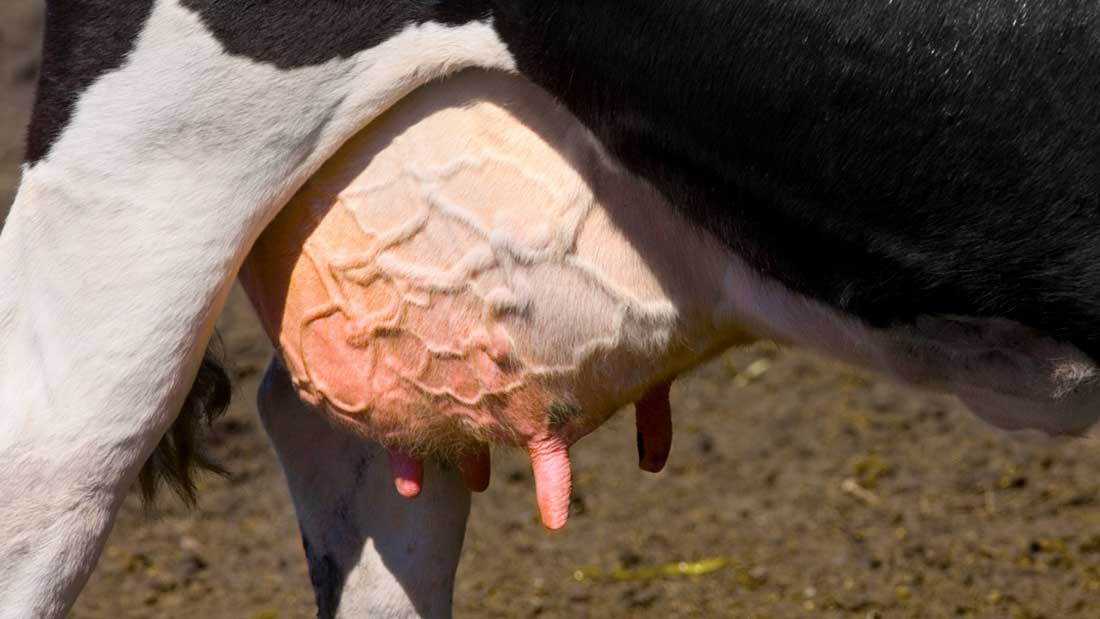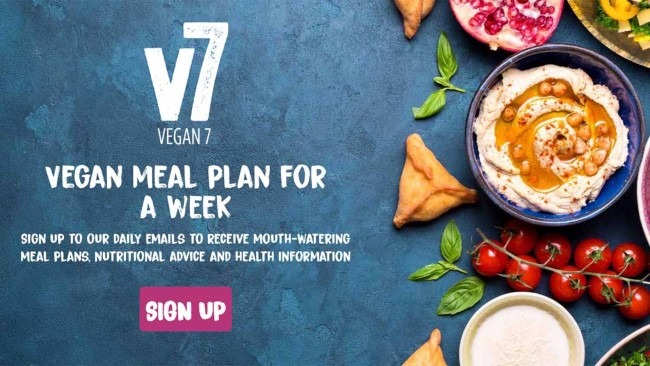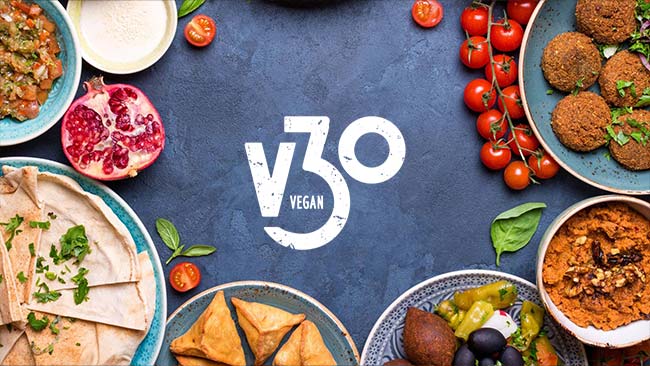Hormones and pus in cow’s milk

Cow’s milk contains many components that the dairy industry doesn’t advertise because they know it would put people off.
A cow is milked for the first seven months of her nine-month pregnancy and milking then resumes after each birth. To keep her milk supply up, she is then inseminated again and so the cycle continues. It means a cow is usually milked for 10 out of each 12 months and her milk is full of natural hormones.
In a typical glass of milk or bite of cheese, there are 35 hormones (Grosvenor et al., 1993). These include sex and growth hormones driving a calf’s development but in adult humans, they have been linked to the development of cancer (Malekinejad and Rezabakhsh, 2015; Melnik and Schmitz, 2017).
Drinking cow’s milk not only delivers growth hormones into your body, it also increases your own body’s production of these (Melnik, 2021). A recent study investigated milk intake in adults and how it affects one of these hormones (IGF-1) and it found that milk-drinking significantly increases its levels (Romo Ventura et al., 2020).
On the other hand, vegans have lower levels of IGF-1. One study comparing IFG-1 levels in British women found that compared with meat-eaters and vegetarians, vegan women had 13 per cent lower levels of IGF-1 (Allen et al., 2002). Another study, this time in men, found that IGF-1 levels in vegan men were nine per cent lower (Allen et al., 2000). This difference was considered enough to significantly lower the risk of prostate cancer. The intake of animal protein was linked to the higher IGF-1 levels and diet explained most of the differences between groups.
Mothers drinking cow’s milk have larger babies, children consuming it grow faster, young milk-drinking people have more acne, high milk intake is also thought to play a role in type 2 diabetes and some types of cancer – such as prostate, breast and liver (Melnik, 2021).
Mastitis is a painful bacterial infection of the udder which affects 30 to 70 out of every 100 dairy cows every year (NADIS, 2025). When a cow is suffering from mastitis, her body produces large numbers of white blood cells which fight the infection in the udder. Many of these cells, together with damaged and dead cells from the udder, then become a part of her milk – they are called somatic cells. The greater the infection, the higher the number of these somatic cells in the milk (AHDB Dairy, 2025). If these cells weren’t mixed into milk, they would have the appearance of pus, which is essentially what they are.
The level of somatic cells at around 100,000 per millilitre or less is normal, 200,000 indicates that the cow is likely to be suffering from mastitis, 300,000 and more means that the cow is suffering from a serious infection with “significant pathogens” (AHDB Dairy, 2025). Under UK and EU regulations, milk with a somatic cell count up to 400,000 per millilitre may be sold for human consumption.
Going dairy-free is not just a healthy choice, it’s also an ethical and sustainable one. If you’re used to meals based around meat and dairy, the idea of a plant-based diet may be daunting but we’re here to help make it super easy!
Sign up to our daily emails for a week to receive mouth-watering meal plans, nutritional advice and health information.
If you want to try it for a month, sign up to 30 days of delicious vegan recipes, tips and product info… all free!
All about dairy
Find all the above and more in Viva!’s ground-breaking resources:
An eye-opening guide Why You Don’t Need Dairy– presenting information on health, animals and the environment in an easy-to-read format.
A practical guide on how to cut dairy out of your diet and all you need to know to live a healthy and delicious dairy-free life: Everyone’s Going Dairy-Free
If you want to know more about dairy and your health and explore what scientific studies have to say, see the in-depth report White Lies






